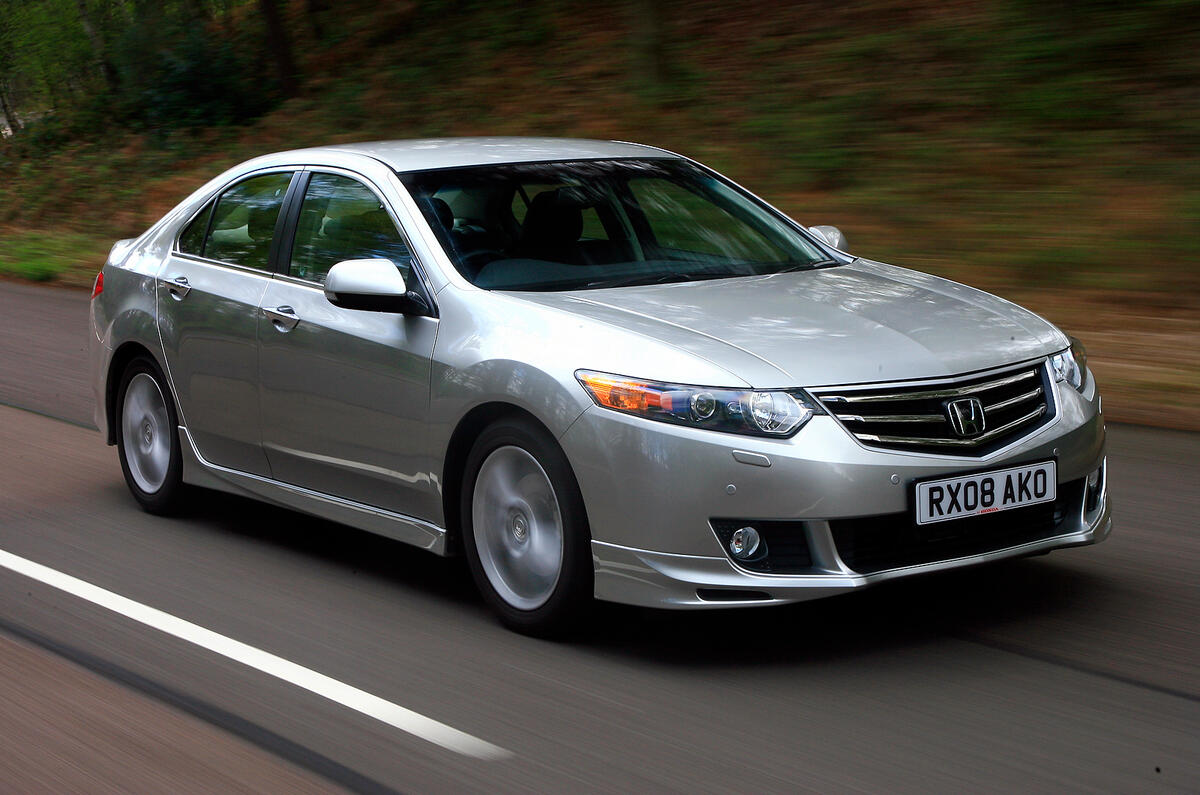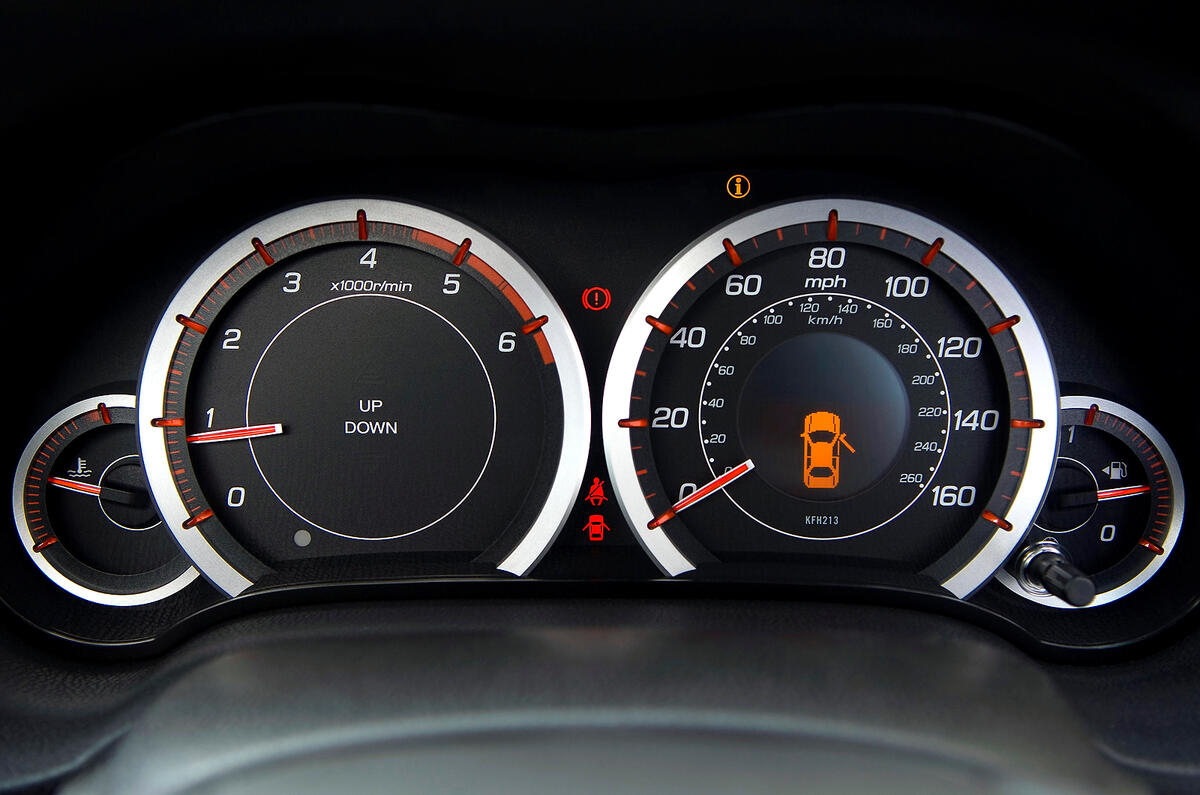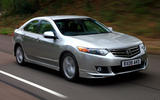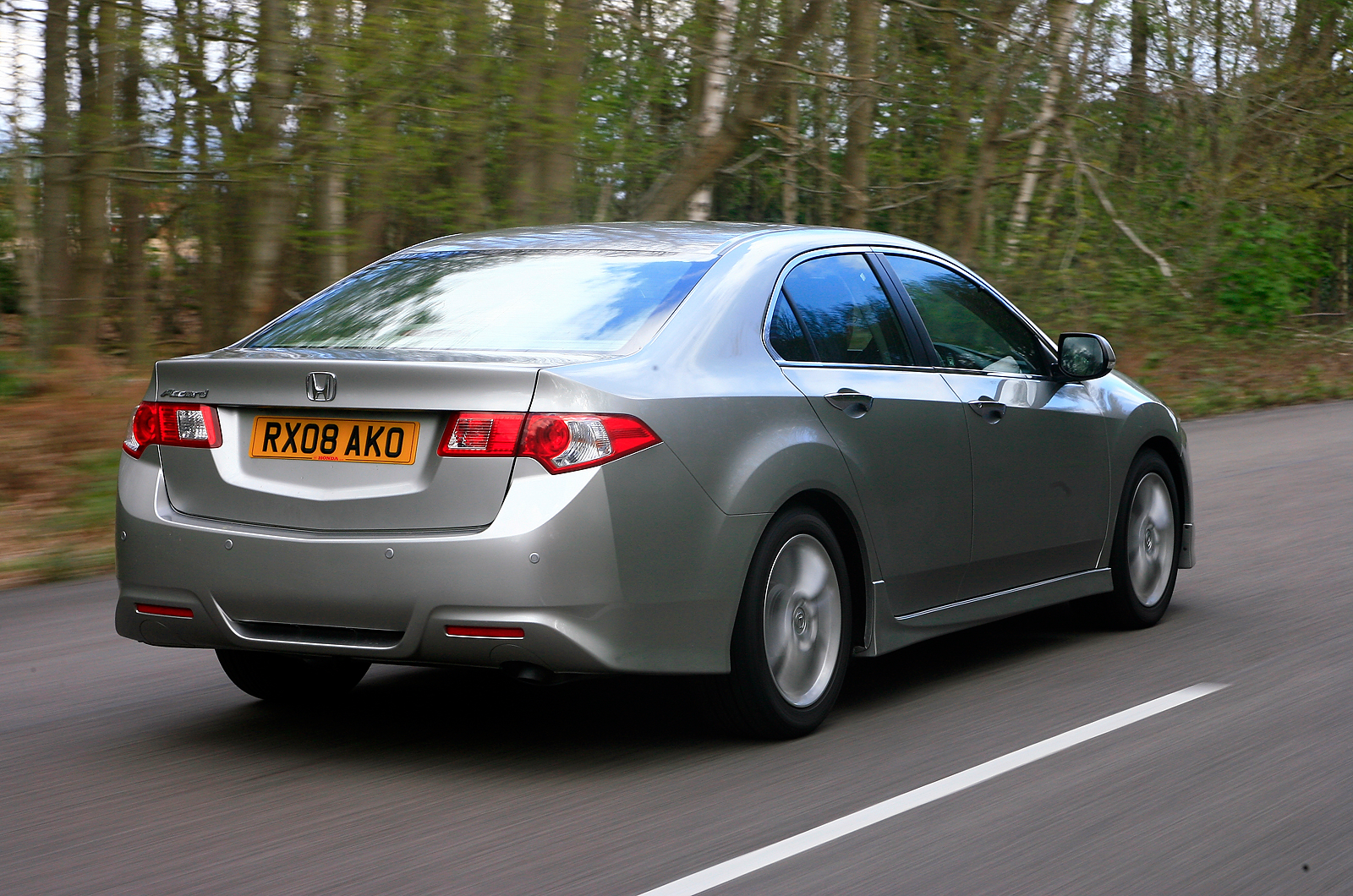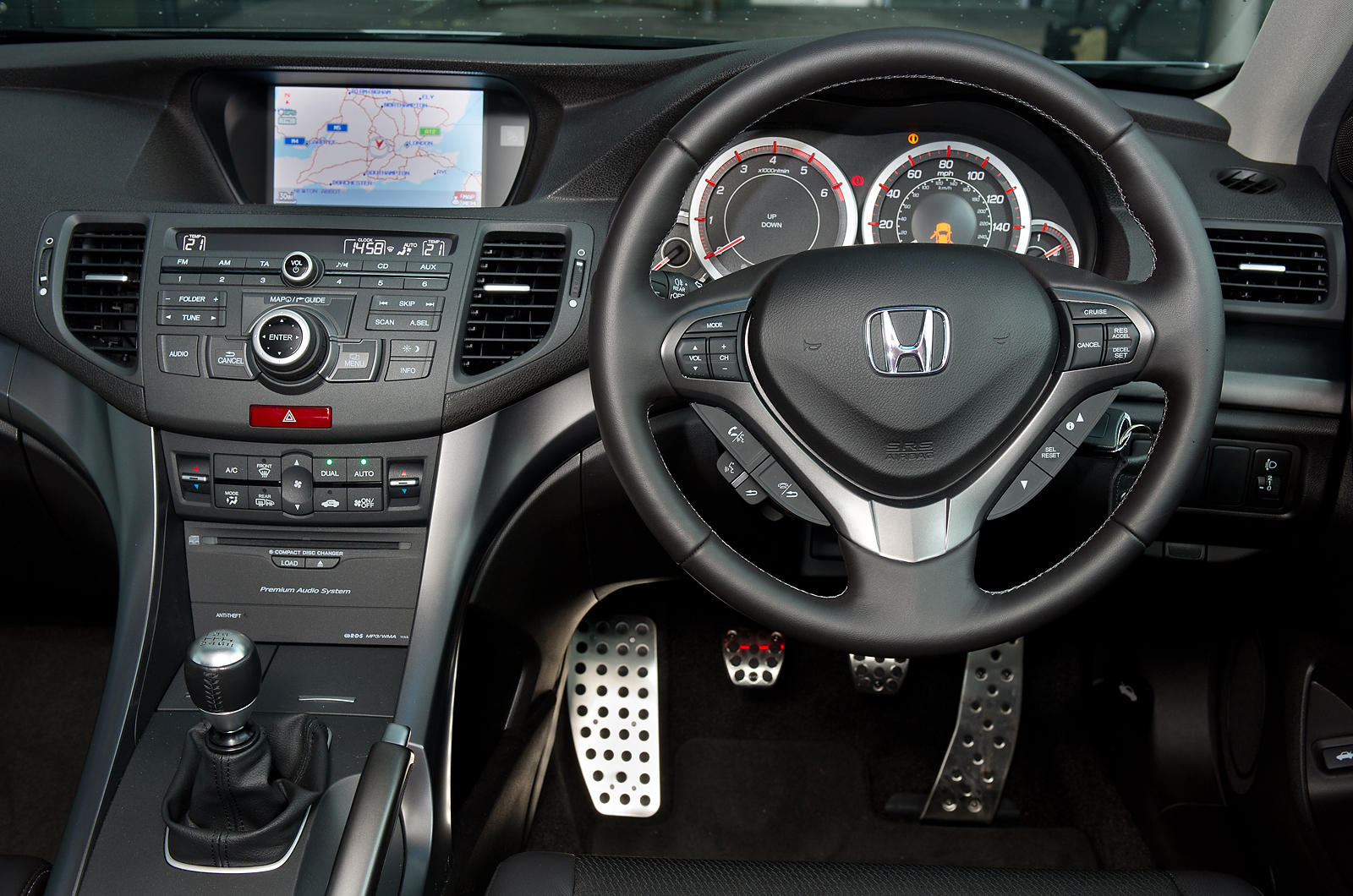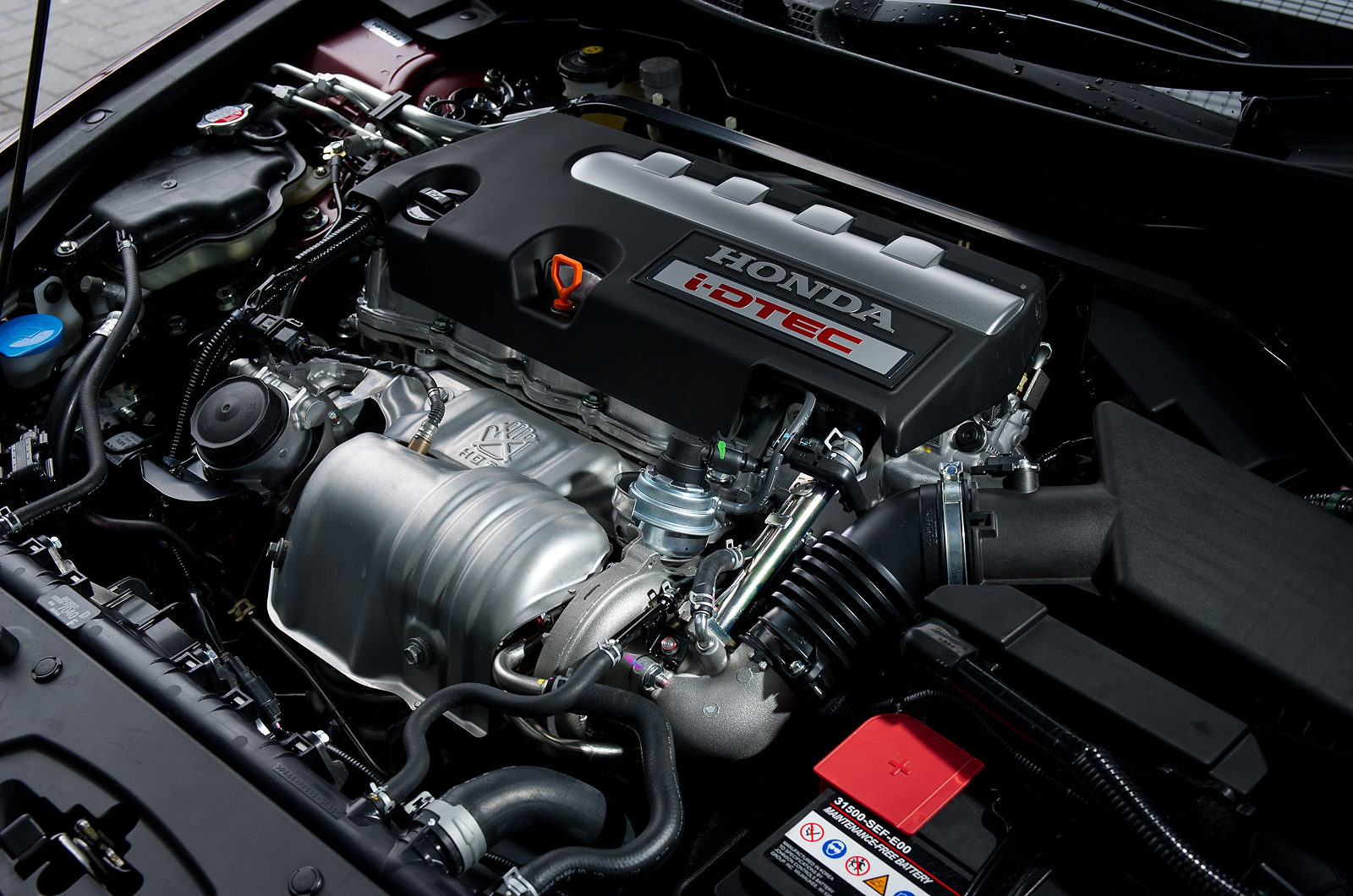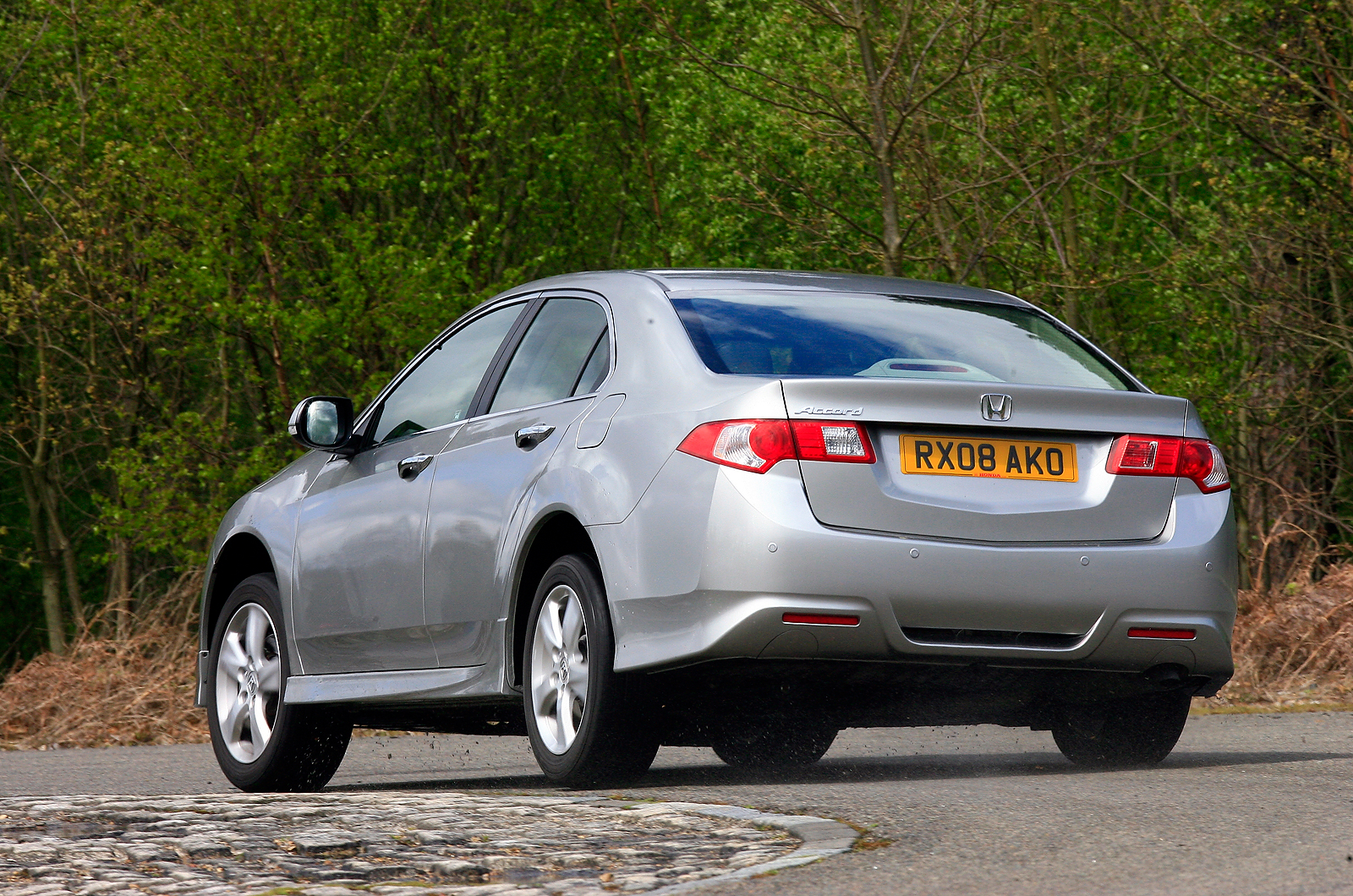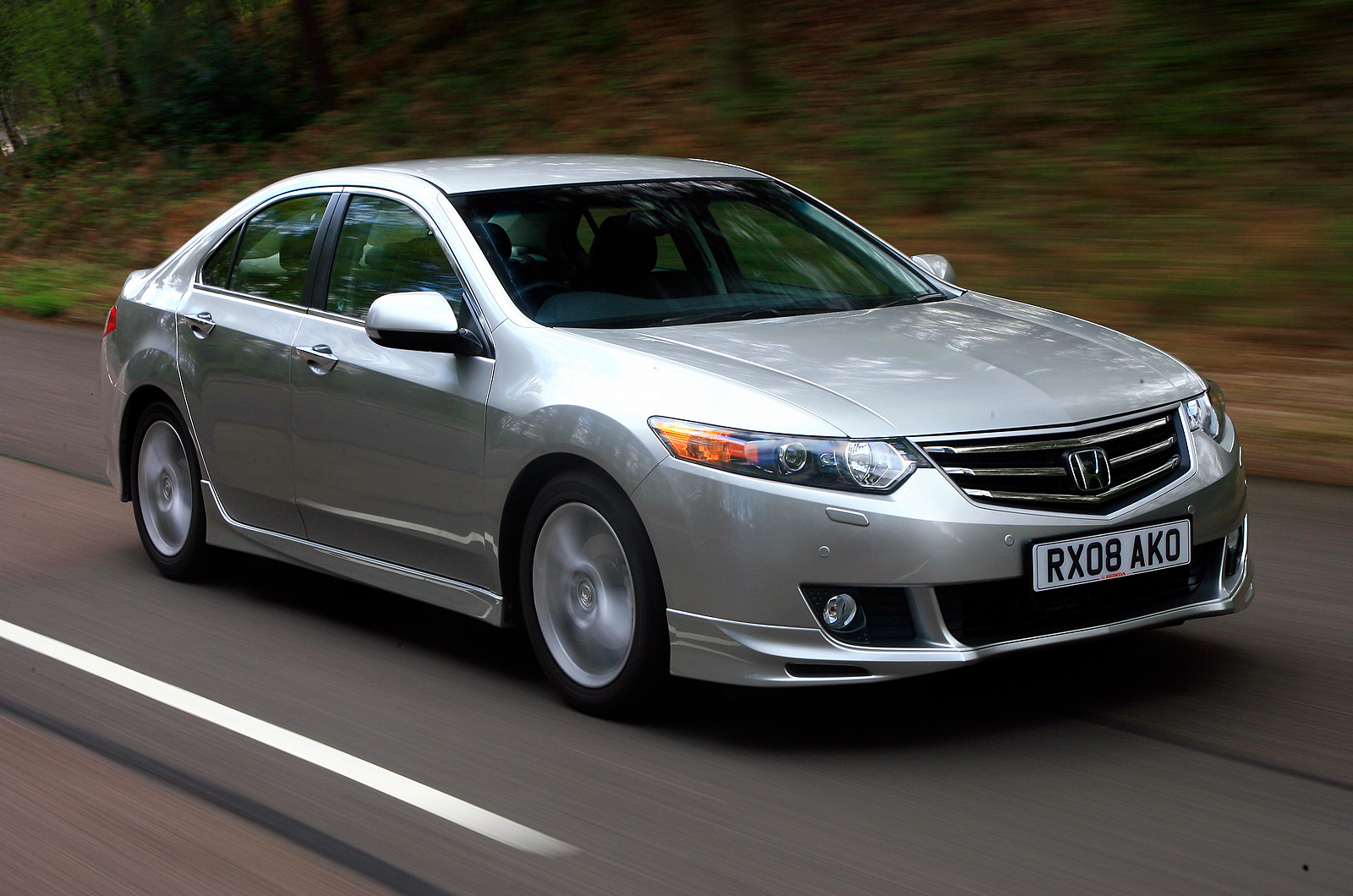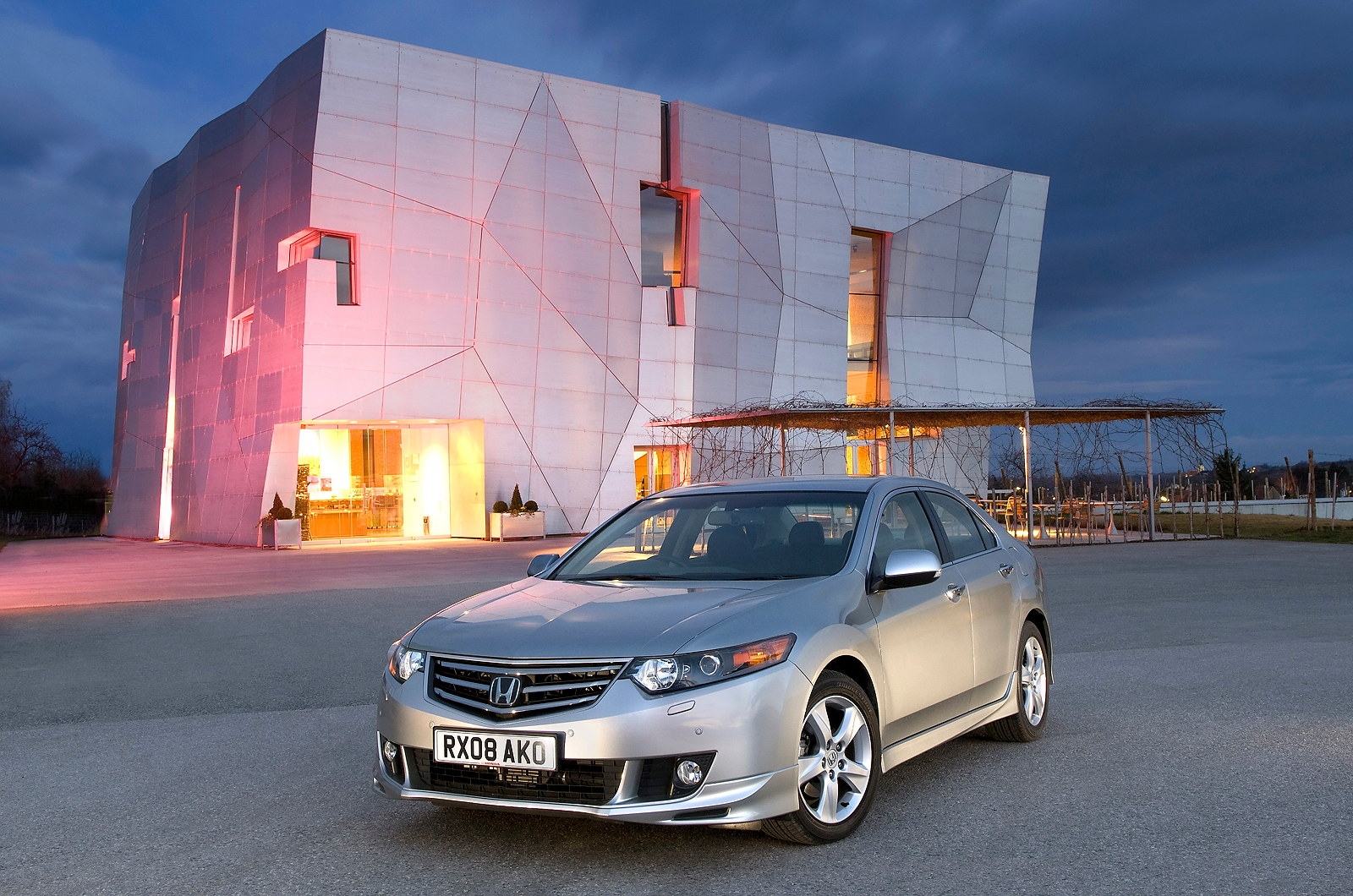The Honda Accord is probably not the first car that springs to mind if you’re considering family saloons. Since its launch in 2008, the Accord has struggled to prove that it’s worth the premium price Honda charges for a capable but ordinary package. Honda’s answer has been to upgrade the entire range with improved engines in order to make it more attractive to the company car buyers who will make up the majority of prospective Accord owners.
The Accord has been a Honda staple for more than three decades. Launched in 1976 and arriving in the UK a year later, it is now in its eighth generation and, although its star is fading somewhat in the UK, it remains as much a stalwart of the Honda line-up as the Civic. In that time it has been seen with two, three, four and five doors (not to mention a much-missed Type R).
The outgoing car may have been five years old when it was replaced in 2008, but even by modern standards that’s a short model cycle, and the car has aged so well that not even the market has shown any sign of losing patience with it. Indeed, 2007 was one of its best sales years ever.
But replaced it was – not with the subtly facelifted model that its maker could so easily have got away with but, with typical Honda thoroughness, an entirely new car.
As seems the way of all flesh these days, it’s bigger in almost every significant dimension (although the old car was an inconsequential 5mm taller). It’s heavier, too, although model for model the weight gain has been restricted to a few dozen kilos.


